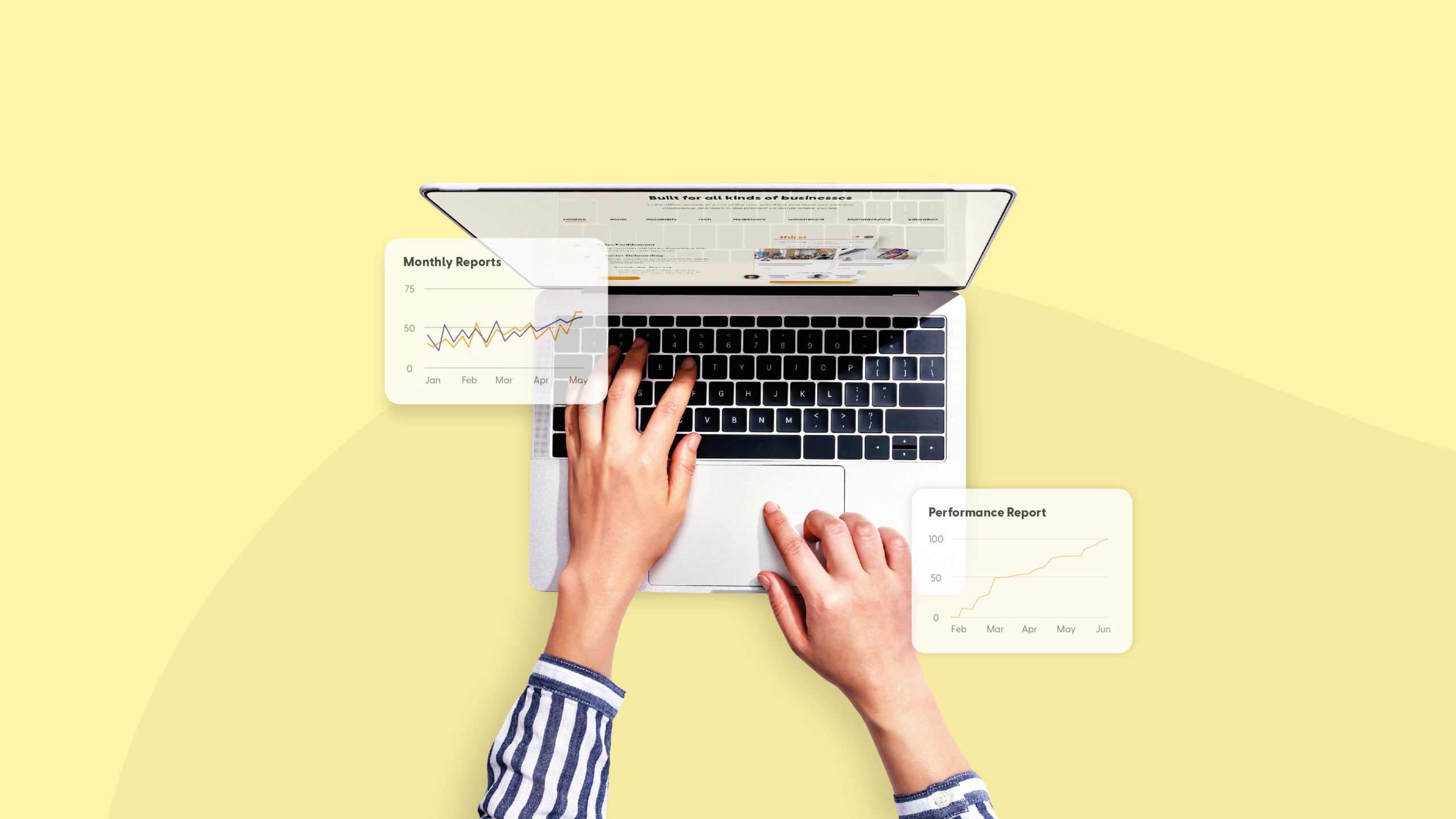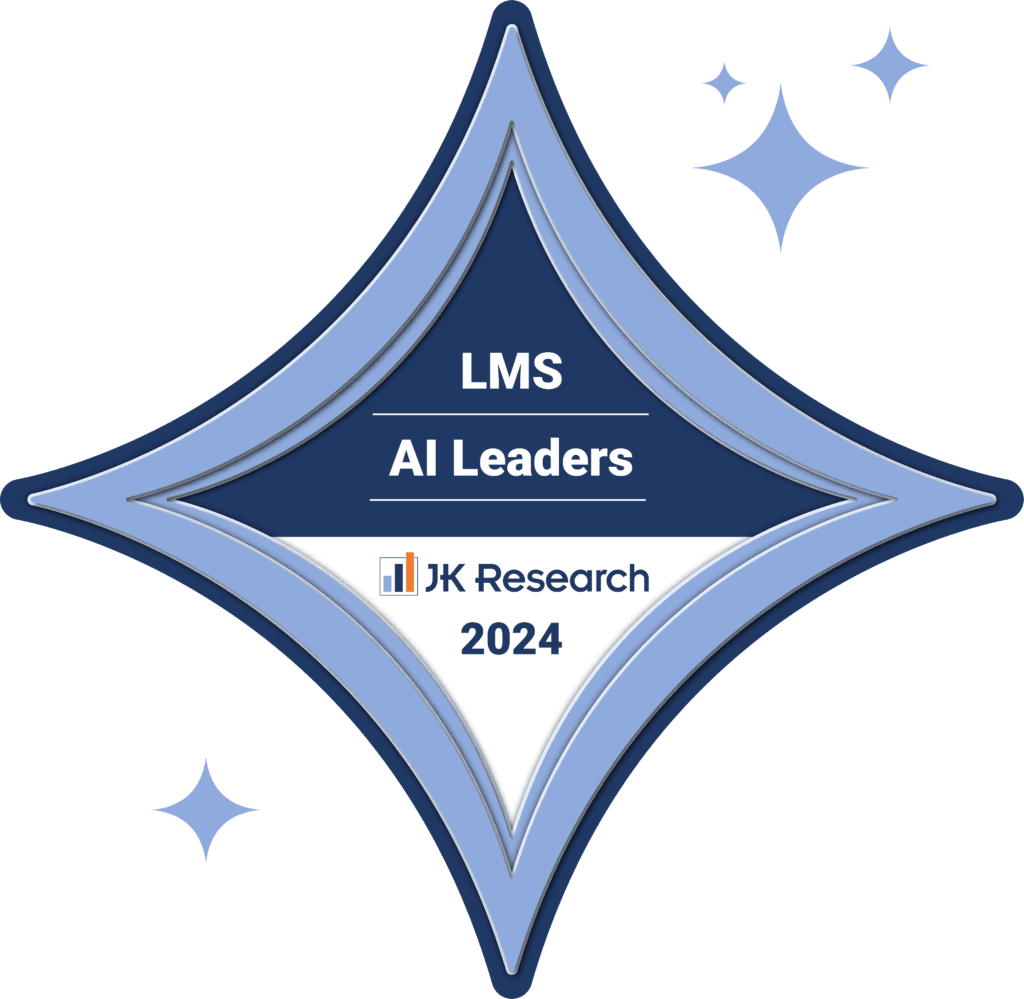The success of new employees in any organisation depends largely on how well they are onboarded into the company’s culture and work processes.
Starting a new job is nerve-wracking at any level; therefore, an effective employee onboarding process helps ensure that new hires feel welcomed, informed, and prepared to tackle their responsibilities. 👍
The onboarding process does, however, go beyond a basic induction or training session. It should be a comprehensive and ongoing process encompassing several phases, each designed to help the employee successfully integrate into their new role and the organisation as a whole.
According to a report by Hays, over 40% of UK employers reported that they had experienced difficulty retaining staff due to poor onboarding processes. 🤔
If you want to avoid this or wish to see where improvements can be made to the onboarding process within your organisation, in this article, we will explore the four key phases of a successful employee onboarding process and how they contribute to the overall success of the new hire. 🙋♀️
So let’s get started!👇
What is employee onboarding?
Employee onboarding, also known as an induction, is the process of integrating a new employee into an organisation and familiarising them with the company’s policies, procedures and culture.
It typically involves a series of activities and interactions between the new employee, their manager, colleagues and the HR team.
Data by Thirst found that new employees that experience great onboarding are 18x more committed to their employer! 🤩
The numbers truly speak for themselves!
A successful employee onboarding process may include orientation sessions, training programs, workplace tours, and introductions to key staff members.
The ultimate goal of employee onboarding is to ensure new employees feel welcomed, comfortable, and confident in their new role and provide them with the knowledge and resources necessary to perform their job effectively. 🤝
Why an awesome employee onboarding process is essential
Did you know that 91% of companies with a strong onboarding program retain their new hires? 😮
An excellent employee onboarding process is crucial for any organisation as it sets the tone for the new employee’s entire tenure.
A successful onboarding process can…
- Reduce employee turnover. 🧮
- Improve job satisfaction.🤗
- Increase productivity. 📈
It can also lead to a faster time-to-productivity for the new employee, translating into cost savings for the organisation.
The onboarding process can help the new employee feel more connected and invested in the company by clearly understanding the organisation’s culture, goals, and expectations.
Let’s see what the data says… 📊
Data by Thirst found that 69% of new hires who undergo a structured onboarding process are more productive in their first two months!
This can lead to a smoother transition and fewer misunderstandings down the line.
If all of this sounds interesting to you. Here’s how to do it…
Phase 1: Pre-Onboarding
Pre-onboarding is the process of preparing a new employee for their upcoming onboarding experience before their official start date. 📅
It involves providing the new employee with information and resources that will help them become familiar with the organisation’s culture, policies, and procedures.
This may include providing new hires with an overview of the company’s mission and values, introducing them to their future colleagues, and sharing information about the company’s history, products, and services.
Pre-onboarding may also involve setting up the new employee’s accounts and access to the company’s systems, tools, and software and providing them with any necessary equipment or materials. 💻
By engaging with new hires before their official start date, companies can create a positive first impression and set the stage for a successful onboarding experience.
This can increase employee engagement and retention and support the new employee’s integration into the company culture and their new role. ✔️
Phase 2: Onboarding and Welcoming New Hires
Onboarding and welcoming new hires is about integrating new employees into an organisation and ensuring they have the tools, resources, and support they need to succeed in their new roles. 🫶
Onboarding is a comprehensive process encompassing several stages, from pre-boarding to post-boarding, and involves multiple stakeholders, including the new employee, their manager, the HR team, and colleagues. 🧑🏻🤝🧑🏾
The onboarding process may include orientation sessions, training programs, workplace tours, and introductions to key staff members.
Welcoming new hires involves creating a positive first impression and ensuring the new employee feels supported, valued, and included in the organisation’s culture. This may involve arranging welcome events or assigning a buddy or mentor to help the new employee acclimate to their new environment. 👋
Phase 3: Role-specific training
Role-specific training is a training programme designed to provide employees with the skills and knowledge necessary to perform their job functions effectively. 👨🏫
This training is tailored to the specific requirements of each role within an organisation, considering each position’s unique responsibilities and tasks. 🗒️
Role-specific training also aims to ensure that employees clearly understand their job expectations and the tools and resources necessary to perform their duties competently. 💡
This may involve training on specific software, equipment, and procedures or protocols relevant to the employee’s role. Role-specific training may be delivered through various methods, including online courses, on-the-job training, classroom training, or a combination of these methods.
By providing role-specific training, organisations can increase employee competency and confidence, increasing job satisfaction, productivity, and overall success.
Phase 4: Ongoing support and career development
Ongoing support and career development for new business employees refers to providing continued guidance, resources, and opportunities to help employees grow and advance within their careers. 📚
This support may involve ongoing training and development programs, mentorship or coaching, regular feedback and performance evaluations, and career planning discussions.
The goal of ongoing support and career development is to ensure that employees have the skills and knowledge necessary to perform their job functions effectively and help them achieve their career goals within the organisation. 🚀
By providing ongoing support and career development, businesses can increase employee engagement, job satisfaction, and retention rates. Moreover, investing in employees’ professional development can contribute to the organisation’s overall success by promoting a culture of continuous learning and development.
If you like what you’ve read
Are you…
Ready to create the ultimate employee onboarding experience?
There are many benefits to using a learning platform, like Thirst to onboard new employees.
Here are just SOME of them…
✅ It can provide a centralised hub for all of the training materials and resources that new hires need to get up to speed with their role and the company. This can include training videos, interactive modules, and quizzes to test their knowledge.
✅ A learning platform like Thirst can enable new hires to progress at their own pace, giving them the time and flexibility to absorb the needed information without feeling rushed or overwhelmed.
✅ A dedicated learning platform can track their progress and provide real-time feedback and support to help them improve their skills and knowledge.
✅ By using a learning platform like Thirst, you can ensure that your new hires have the resources and support they need to become effective and productive team members.
Here’s what else Thirst can do to help you onboard new employees…
1. Personalised Onboarding Programmes
Thirst is designed to adapt to the specific needs of your company and its new hires, ensuring that each employee receives the resources, knowledge and skills they need to be successful in their role.
2. Retain Top Talent
Build loyalty and get new employees up to speed and performing fast. Thirst enables you to create an onboarding experience that helps new hires get to grips with company culture and sets the foundations for future success.
3. Measure Your Impact
Easily track how new hires are performing and their impact across the business and show the true value of your onboarding programmes.
But don’t just take our word for it…
Over 100 L&D teams trust Thirst for employee onboarding within their organisation. Check out their stories here.
Want to try it for yourself?
Get a free 1:1 demo of the Thirst platform now.
Try Thirst today to enjoy game-changing learning and unlimited possibilities.
For more e-learning insights, resources and information, discover the Thirst blog.
You may also enjoy:
The ultimate guide to faster employee onboarding | Building a devoted workforce could be your recipe for success | 7 Ways to Improve Your Learning Culture







